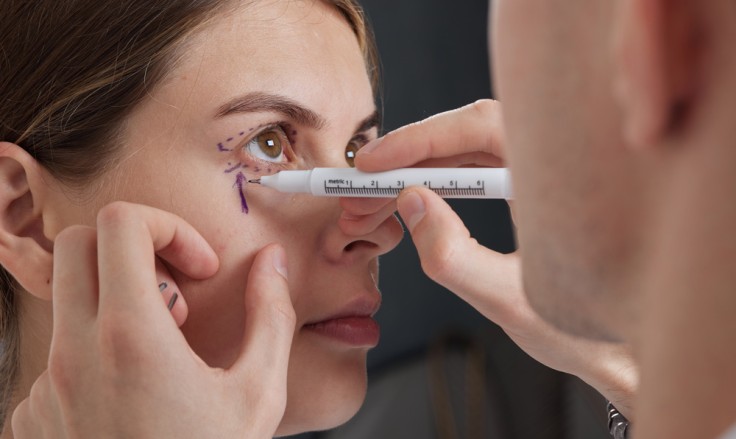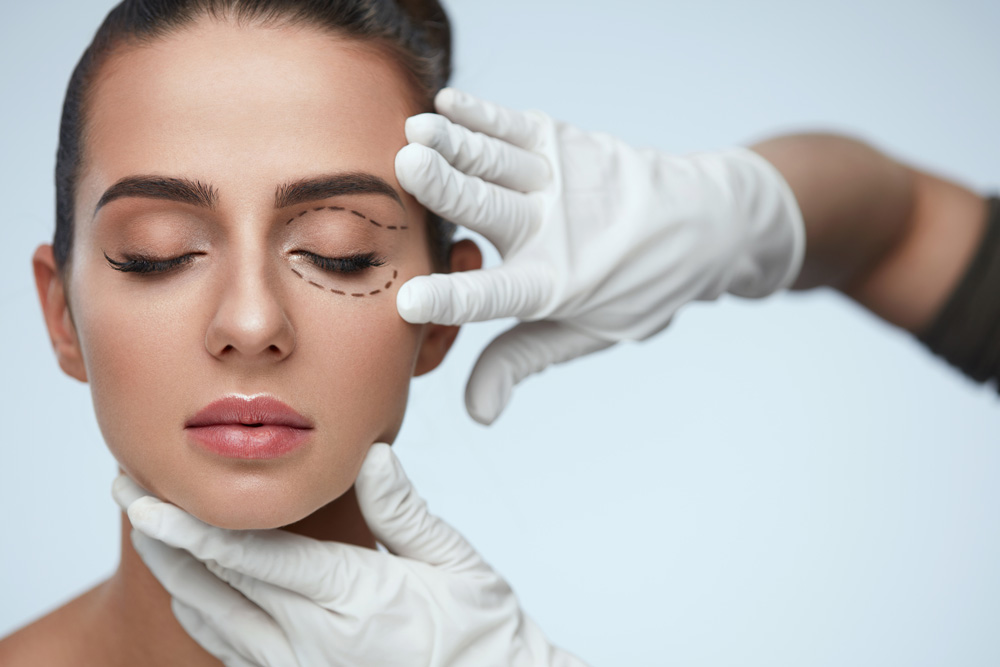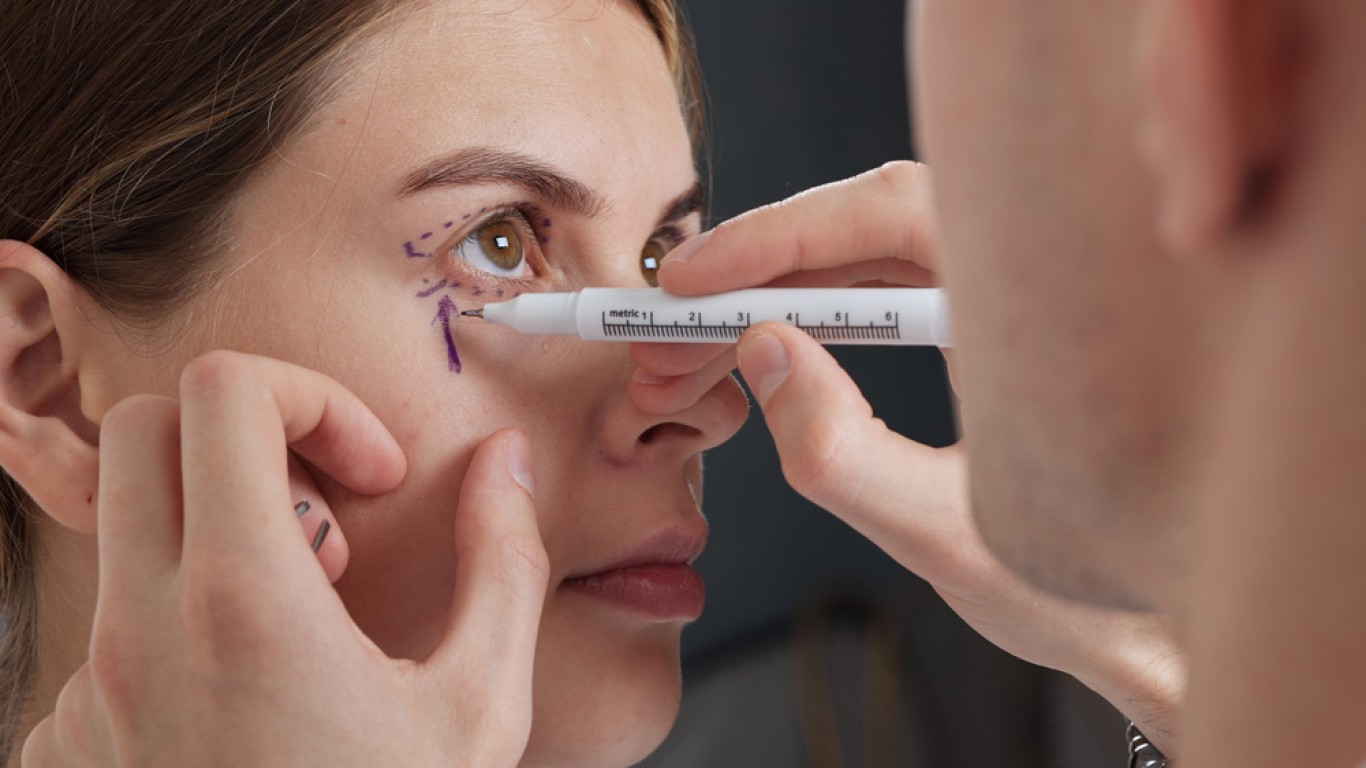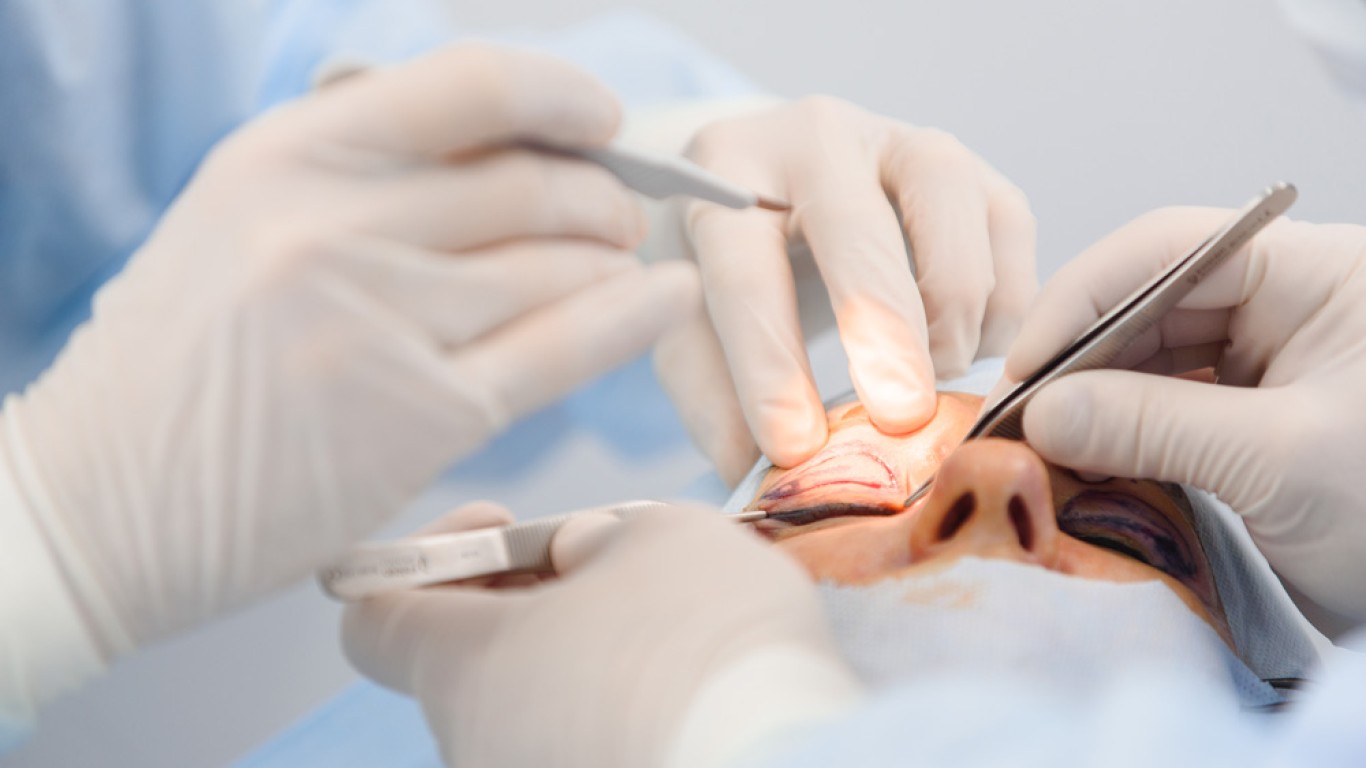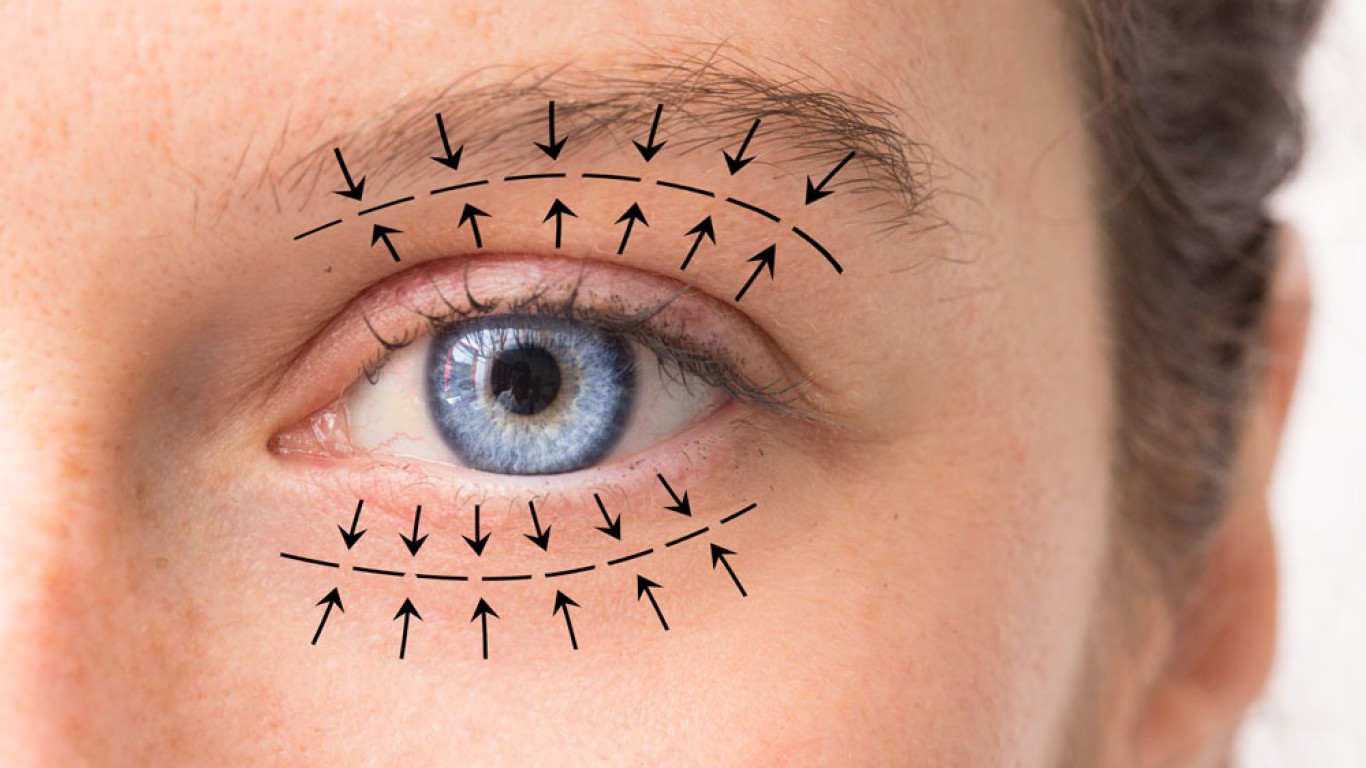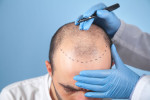Introduction
Eyelid surgery, known medically as blepharoplasty, is a transformative procedure. It aims to rejuvenate the area around the eyes. Whether addressing ageing, functional concerns, or aesthetic preferences, this surgery offers tailored solutions. This guide illuminates the spectrum of options. From traditional techniques to cutting-edge, non-surgical alternatives.
Types of Eyelid Surgery
Upper Eyelid Surgery
This procedure is ideal for individuals with excess, drooping skin on the upper eyelids. This can age the face and, in severe cases, impair vision. By removing excess skin and fat, the surgeon restores a youthful contour to the eyelids. This enhances both appearance and sight.
Lower Eyelid Surgery
Targeting under-eye bags and wrinkles, lower eyelid surgery can dramatically refresh a tired appearance. The procedure may involve the removal or redistribution of fat. In addition it uses skin tightening to smooth and rejuvenate the under-eye area.
Double Eyelid Surgery (Asian Blepharoplasty)
Sought after for its cosmetic appeal, double eyelid surgery creates a distinct upper eyelid crease. Popular among individuals of Asian descent, this procedure aims to enlarge and define the eyes. It balances facial features while preserving ethnic identity.
Ptosis Repair
Ptosis repair addresses drooping of the upper eyelid that can occur due to ageing. Congenital factors or neurological conditions can also cause the droop. By tightening
the muscle that lifts the eyelid, this surgery improves vision and facial symmetry.
Transconjunctival Blepharoplasty
An innovative approach to lower eyelid surgery, this technique leaves no visible scars. Incisions are made inside the eyelid. It's particularly effective for removing or adjusting fat to eliminate puffiness. The main benefit is the need for no external cuts.
What Should You Consider Before Blepharoplasty?
Before undergoing blepharoplasty, it's crucial to determine your suitability for the procedure. It is ideal for those facing functional difficulties or dissatisfaction with their eyelids. Your overall health plays a significant role in the success of the surgery. It's also important to have realistic expectations about the results. Patients should recognise that the desired outcome isn't guaranteed. Discuss your aesthetic goals and potential concerns with surgeons beforehand.
Conclusion
Eyelid surgery's versatility allows for highly personalised treatment plans. The choice of surgery depends on individual needs, desired outcomes, and specific eyelid concerns. Individuals can make subtle enhancements or significant changes. Consultation with an experienced plastic surgeon is vital. This helps select the most suitable procedure for your unique needs. Achieve a fresh look with results that are both beautiful and natural!
For more information on Blepharoplasty, please visit ACIBADEM Beauty Centre webpage.
Frequently Asked Questions
Most patients report minimal discomfort, controlled with prescribed pain medication.
Recovery varies but generally involves 1-2 weeks of downtime.
Yes, by removing obstructions caused by droopy eyelids.
While results are long-lasting, ageing effects may continue.
Costs vary widely based on the procedure's complexity and geographic location.
